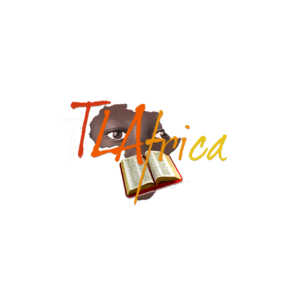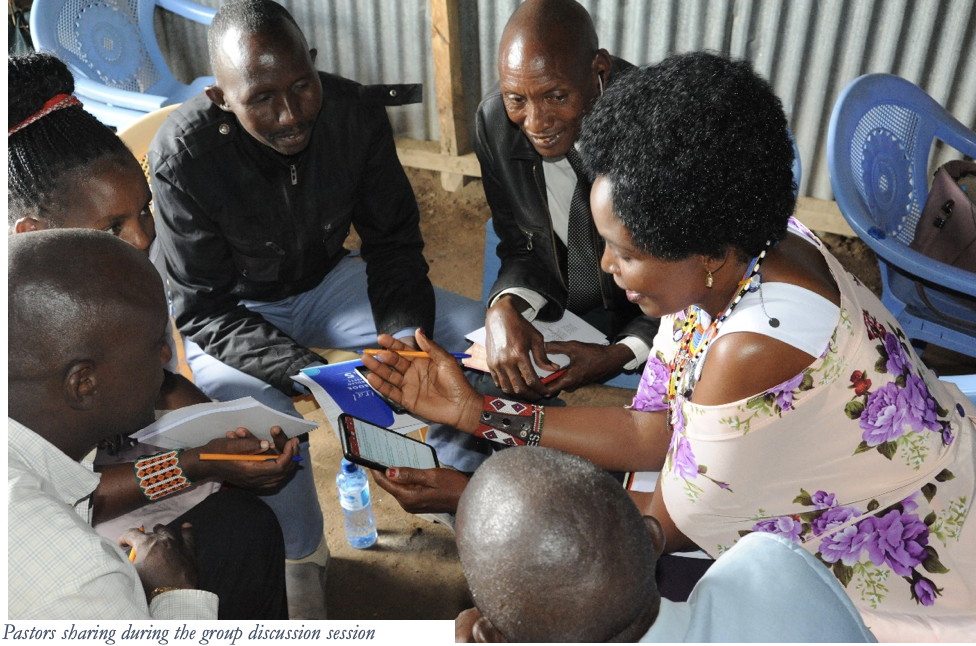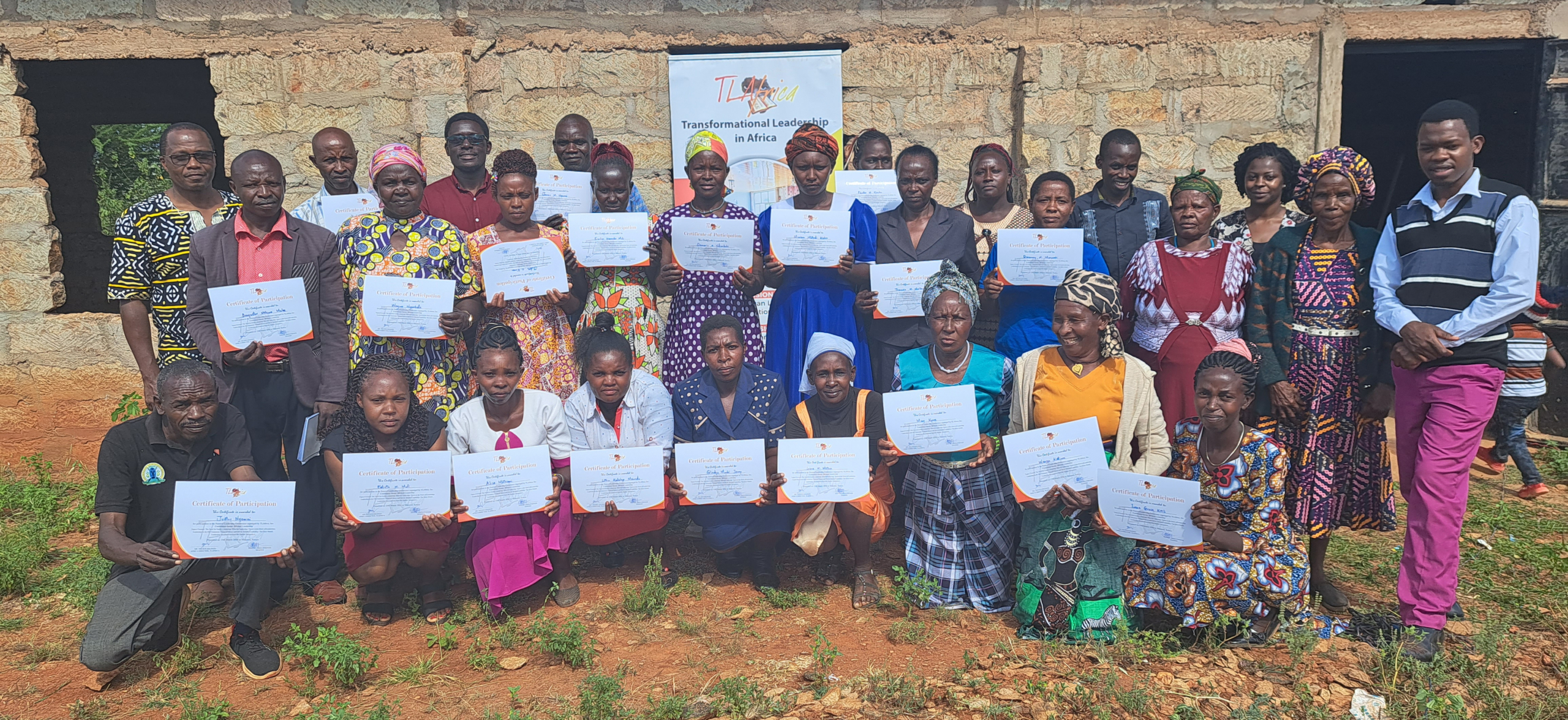I.INTRODUCTION
The industrial revolution in the 19th century pushed managers as well as thinkers to make management a specialized field of study to meet the needs that developed with large-scale production due to mechanization. During this process which gained unprecedented momentum towards the end of 20 centuries, several schools of thought emerged, namely; The classical school made up of scientific, bureaucratic and administrative currents, the behavioral school, the system school, the quantitative school with the introduction of mathematical and computer models to produce solutions to the problems inherent in management, and finally the school of contingencies.
TLAfrica is indeed a ministry whose mission is to build the capacity of leaders through effective teaching and equipping them with mentorship, knowledge and skills similar to that of Christ from the spiritual, social and transformational point of view. economy in their communities, the subject of training remains relevant in the visions pursued. President, John Kennedy tells us “Information is power and the informed must capitalize on it for the need of change and development”
However, it turns out that it is very rare that writers in the field of management do not refer to the Bible, deliberately through negligence or ignorance and because everything on earth has its origin in the Bible. There is no doubt that the principles of management began with the appearance of man on earth. After creating man, God placed him in the Garden of Eden and ordered him to cultivate it (manage or develop) and keep it (maintain), Genesis 2;15 In Genesis 1:27-28, it is said that God gave the order to subject the earth and to rule over the fish of the sea, over the birds and especially moving animals. The implication of this verse is that God gave Adam and Eve the knowledge to enable them to manage the earth and everything in it.
By continuing to explore the biblical passages, we realize that men such as Noah, Joseph, Moses, Joshua, Solomon, had immense knowledge in the art of planning, organizing, commanding and controlling. Remember that holistic transformation aims to produce Creative, innovative leaders within communities rather than seeing the offerings of disciples.
TLAfrica is an organization with a range of partner communities and a range of institutions around each community in several areas in the DRC. This is how we thought that it is imperative to train the staff of the institutions of the partner communities on everything so that they remain the foundation of the development of the schools. Good management and the choice of an effective team in management, administration and leadership would be an asset. This is why those trained during this session will be able to give feedback to others for better administration at all levels.
II. TRAINING’S GOAL
II.1. Primary objective
The main objective of TLAfrica was to train the heads of institutions of the partner communities in the DRC in Management, administration and leadership, because it is an economically profitable sector for churches and communities.
II.2. Specific Objectives
1. Helping headteachers to have an in-depth level and understanding of leadership, management and administration,
2. Put into practice to improve effectiveness and efficiency in institutional management,
3.Appreciate leadership skills in order to build a team for success and performance in their schools.
4. Appreciated the importance of planning through the ongoing strategic process for the success of the institution.
III. TRAINING PROCEDURE
III.1. TRAINING SUBJECT: Leadership, Management and Administration
Duration of training: Two days
Place of training: Signers Baptist church
Conference trainer: Nelson KILONZO
Facilitators: Board members of TLAfrica DRC
Number of people trained: 50 heads of establishments from our different communities’ partner,
The first day of the training: The training focused on the concepts of Management, Administration, management and Organization as structure, Characteristic of the Organization, Difference between organization, administration and Management, leadership and the principles of build a winning team.
On the first day of the training, the trainers learned about management as a whole, especially how to plan, manage the institution as Director, how to recruit workers, the relations of workers in the company according to each department.
The second day of the training: The beneficiaries of the training deepened in Strategic Management, PESTLE Analysis, strategic questions, Model of strategic plan, the key elements of strategic planning, driving change for institutional success and understanding the personalities within a team.
During this day, the trainer insisted on the analysis of the strategic tool PETSLE to understand the growth, the decline, the position of the company, the potential and the Orientation of the operations and especially that it plays a capital role of an institution for operational reasons. These reasons are political, economic, social, technological, legal and environmental.
IV. GROUP WORK ON QUESTIONS
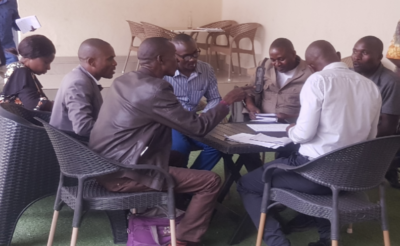 For the appreciation of the trainees by the trainer on the second day, the beneficiaries of this training were grouped into four groups and each group was given a question to work on and followed by an exhibition in front of the participants.
For the appreciation of the trainees by the trainer on the second day, the beneficiaries of this training were grouped into four groups and each group was given a question to work on and followed by an exhibition in front of the participants.
The questions given by the trainer Nelson were based on SWOT analysis, PESTLE analysis, change management in the service of institutional success and the different types of personality within a school. Here are the series of questions submitted to the participants:
1. How can we do the PESTLE analysis
2. How to do the SWOT analysis
3. What are the different factors that can bring about change in a school.
4. Identify and give reasons for personality and how knowing different personalities can help you.
The photo taken is the group reflecting about the question before the exhibition in front of the audience.
V. WORK POOLING
The training participants understood the topic and all four groups presented the questions perfectly in front of the audience under the supervision of trainer Nelson. During the exhibition, the group that worked on the SWOT analysis of a school showed the following:
A) Strengths
– Quality of teaching and staff
– Diversity of staff in different areas
– Comfortable school infrastructure and equipment
– Good discipline
– Accessibility to the location
B) Weaknesses
– Reduced number of learners leading to low remuneration
– Absence of employment contracts
– Lack of continuous training
– Lack of strategic planning
– Routine teaching
C) Opportunities
-Technological evolution
– The economic activities of the school environment
– The good neighborhood
D) Threats
– Poorly exploited technological evolution
– Precarious security situation
– Proliferation of schools
– Poor proximity environment
– Parental unemployment
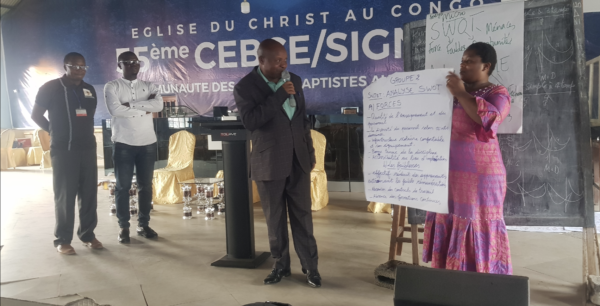
VI. TESTIMONIES
The participants in the training warmly thanked the TLAfrica Organization for having thought of this training in the field of Management, administration and leadership, because it is an essential tool for heads of establishments. Their will, is to see Nelson or another staff of TLAfrica coming for another training topic. The heads of establishments requested the training module and TLAfrica made it available by printing for all the beneficiaries.
VII. CONCLUSION.
TLAfrica, through the trainer, thinks it has made available to participants a tool and quality teaching that can help heads of establishments to properly reorganize institutions for a better future both socio-economically and organizationally for continuous development.
